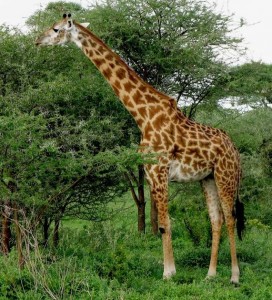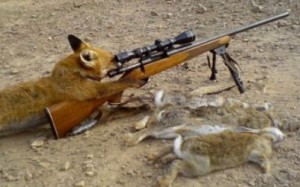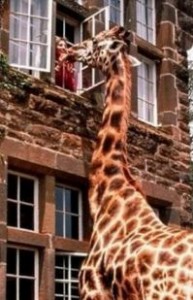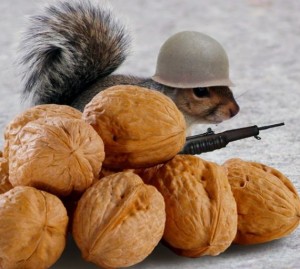Which of these three animals pays more for his groceries?
A) The beaver
B) The moose
C) The giraffe
If you guessed the moose, you are right. But do you know why?
Manufacturers fight hard for eye-level space in grocery stores, pharmacies, hardware stores and other retail outlets. They often pay for the space. Retailers, for their part, want to place those items that earn them the biggest profits (the highest mark-up) at eye level. This is because of: “The Rule of Lazy”. Which states that people will look where it is easiest to look, in other words, at eye level.
READ ALSO: Get a $1000 Raise With Your Personal Fast Food Outlet
What this means is that anything at eye level has the highest mark-up. And guess who pays that markup? Poor Mr. Moose. The can of beans that the giraffe buys from the top shelf and the can of beans that the beaver buys from the bottom shelf will have less of a marketing fee tacked onto the price than the can of beans that the poor moose will end up buying.
You can look high and low and never find the meaning of life. But you will find a cheaper can of beans.
This post was featured at Managing Your Personal Finances List #3.







 Many people buy the same items week after week. This makes sense for milk and eggs; they would spoil if you buy them months in advance. But for many things, it makes no sense to make hundreds of trips to buy the same thing.
Many people buy the same items week after week. This makes sense for milk and eggs; they would spoil if you buy them months in advance. But for many things, it makes no sense to make hundreds of trips to buy the same thing.
 We buy things all year ’round, even things that could last quite a while. Apples and squashes are plentiful and cheap in the Fall, but keep well in a cool corner of the basement or garage for months. Some items are overstocked after Christmas. These are the times to buy.
We buy things all year ’round, even things that could last quite a while. Apples and squashes are plentiful and cheap in the Fall, but keep well in a cool corner of the basement or garage for months. Some items are overstocked after Christmas. These are the times to buy.